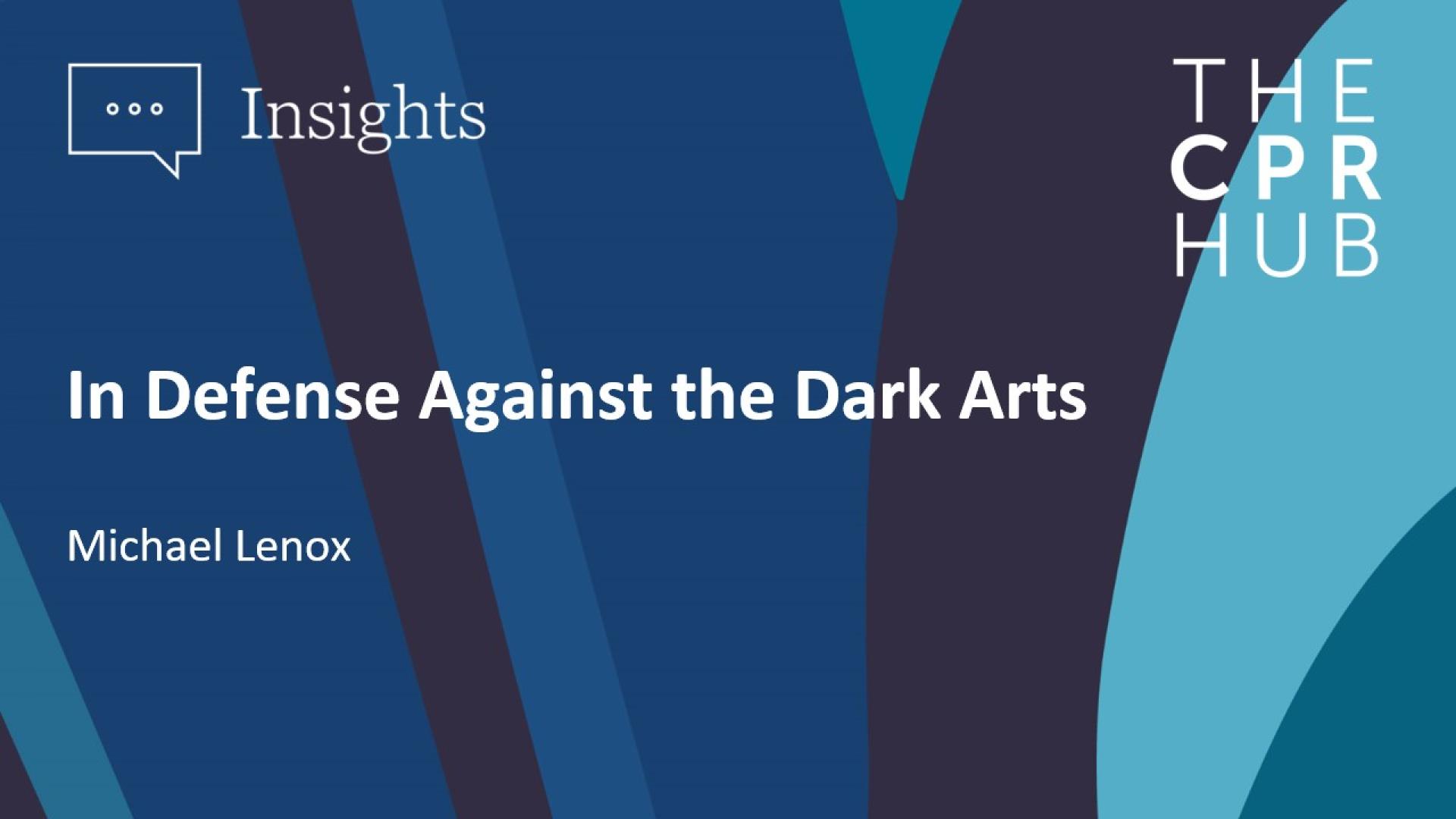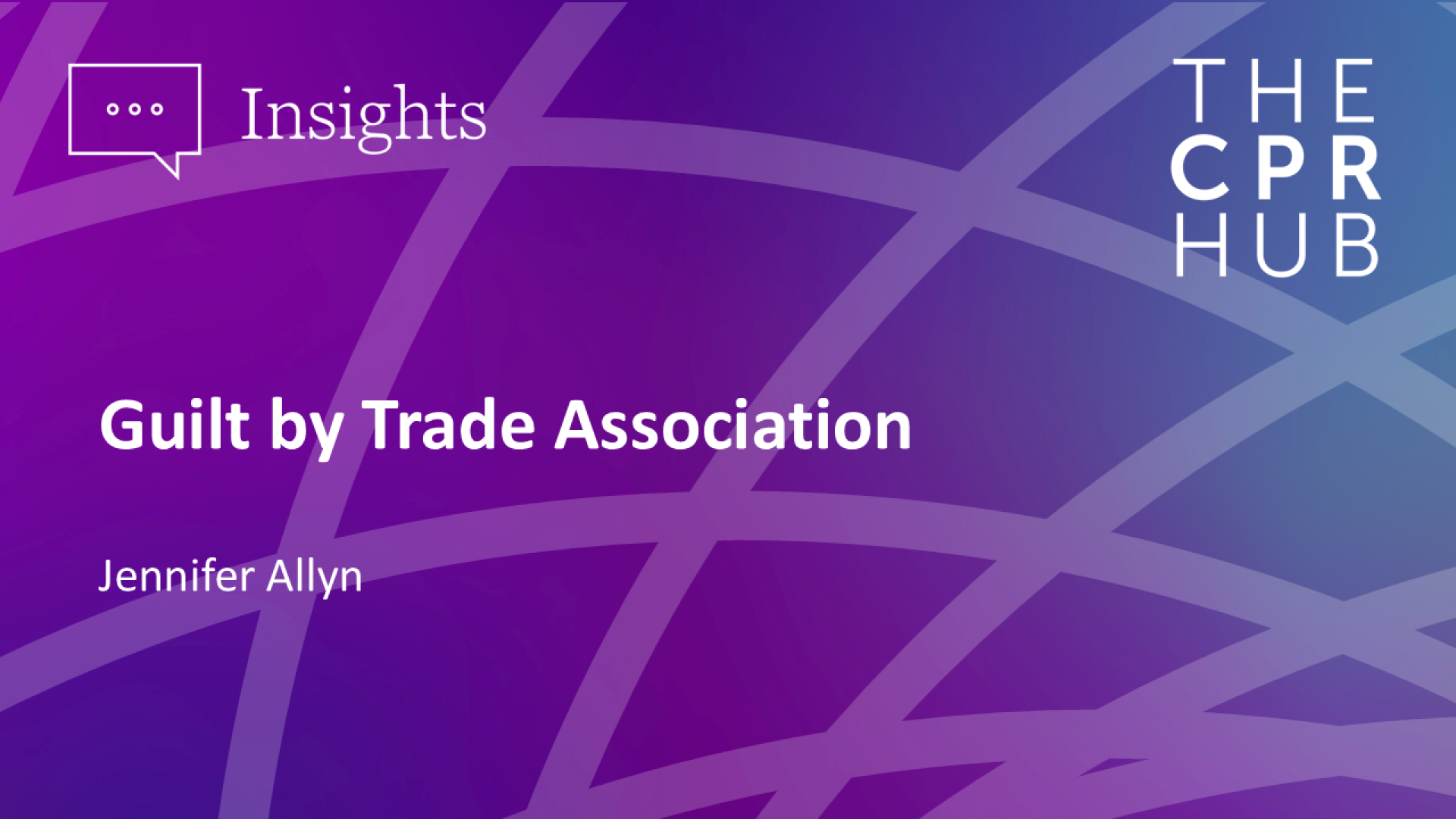Corporate leaders today face demands from every direction. Political actors, customers, investors, employees, and advocacy groups all press companies to take actions that may clash with one another or with your company’s own long-term strategy. Anything to do with public affairs can feel like walking a tightrope: lean too far in one direction and you risk backlash, but lean too far the other way and you risk undermining your prior commitments, with averse ramifications for your reputation and credibility.
In this environment, the most defensible path is to behave in a way that reflects your long-term responsibilities -- in your operational decisions, public communications, policy advocacy, political spending, and other influence activities. Yet, to do that, you need to find ways to navigate disagreement without fueling animosity, compromising integrity, or alienating stakeholders. One promising approach comes from William Ury’s concept of the Positive No — a structured way of saying “no” that actually strengthens a company’s ability to say “yes” to its deepest commitments and responsibilities.
The Challenge of Saying No
If you are like most leaders, you may sometimes find it difficult to say no. It may seem that a blunt rejection, whether of an overt request or more subtle pressure, will risk escalating into a battle of wills. When relationships have broken down, disagreeing might well be taken as a personal attack, drawing a counterattack from another party trying to uphold their own credibility.
As a result, you may be tempted to fall back on avoidance, dodging the issue and hoping it goes away, or premature adaptation that caves to demands at the expense of principle. Either strategy carries hidden costs. Avoidance can invite further intimidation, alienate allies, or spark counter-pressures. Premature adaptation can erode trust with employees, customers, or the broader public. In either case, your organization drifts away from its values in a way that weakens its long-term ability to execute its desired strategy.
Yet, saying no in the right way at the right moment is an essential leadership skill. Without the ability to refuse, your organization cannot protect its commitments to safety, fairness, ethics, innovation, sustainability, constitutional democracy and even law. The challenge is to find a way to say no that is principled rather than combative, constructive rather than evasive.
The Positive No Framework
William Ury, best known as co-author of Getting to Yes, argues that a meaningful yes requires the ability to say no. His three-step “Positive No” framework offers a disciplined way to do that.:
1. First Yes – Begin by affirming the commitments, values, and responsibilities that you stand for in a way that is not arbitrary or defensive. Ask yourself, Why do I really want to say no? This establishes legitimacy in dealing with third parties who might otherwise view your “no” as simply personal antagonism. Also, to set a tone of mutual respect, look for times when the other party has espoused similar values.
2. No – Clearly state the boundary you must uphold. By grounding this “no” in the First Yes, the refusal comes across not as hostility, but as fidelity to principle. Your aim is to make it explicit that this is not personal, not a battle of wills, but the logical outcome of a prior commitment – ideally based on a shared value.
3. Second Yes – Offer a constructive path forward, a proposal that supports the other party’s interests without compromising on yours. This shows respect for their needs and can open up the possibility of collaboration, even while maintaining your boundaries.
This three-step sequence reframes disagreement. Instead of a clash of wills, it becomes an act of principled engagement: saying no without picking a fight, and without eroding your integrity or undermining your yes. Perhaps most importantly, it refocuses the conversation on options for moving forward, in areas of longer-term mutual benefit.
A Case in Point: Science-Based Technology
Consider a hypothetical but plausible case. Your tech startup has purchased a tract of rural land in the Midwest to build a new data center. You plan to use wind power to meet the center’s large demands. You have negotiated, but not signed, a contract with a supplier of wind turbines. Now a major investor with Washington connections is pressuring you to drop the wind idea and install generators powered by natural gas instead. The investor is concerned about press and social media coverage that will characterize the wind farm as a manifestation of “climate ideology,” worries that wind power is not reliable, and fears that the use of wind power will make it hard to win contracts from a federal government pledged to prioritize fossil fuels.
How can you respond?
First Yes:
Begin by affirming values shared with the investor: “I value input from our investors and appreciate your insights into Washington politics. I agree that we need to be pragmatic about possible adverse publicity and am completely committed to our venture’s long-term success.”
No:
Next, set a clear boundary, without antagonism:
“However, it is the economics that is driving us to use wind power. With the storage technologies we have lined up, the costs are far lower than natural gas generators, with equal reliability. That is why we have publicly and repeatedly committed to cost-effective, sustainable energy sources – and cannot switch now without compromising our promised returns to investors or inviting adverse publicity on multiple fronts.”
Second Yes:
Finally, offer a constructive path forward that accommodates the investor’s legitimate concerns:
“I am happy to talk through our full cost and reliability analysis of various energy options. We also probably need to be clear about our logic in our public communications. Would you like to discuss strategies for media and government relations?”
Broader Implications
The scenario shows how the Positive No empowers organizations to respond to pressure with integrity. Two implications stand out.
First, the Positive No clarifies responsibility. Leaders who practice this approach explain why they need to say no, grounding their decision in the organization’s purpose rather than in personal preference or political expedience. This is important when third parties are observing a conflict situation and weighing whether your actions are reasonable.
Second, it reduces the likelihood of escalation. By acknowledging others’ concerns and offering constructive paths forward, the Positive No helps maintain relationships even when there is disagreement. It challenges us to ensure our No is not driven by personal animosity but actually based on principles we would apply no matter who was involved. In fact, when crafting a Positive No, it is not uncommon to realize we need to change our own position in order to address reasonable concerns.
This practical skill also supports a deeper need, the need for companies to act in ways that are politically responsible, following The Erb Institute’s four Principles for Corporate Political Responsibility (CPR): It ensures legitimacy, in the sense of grounding your actions in authentic commitments. It maintains accountability, enabling you to uphold your firm’s stated values and commitments, and sustain trust with the stakeholders that drive your business success. It is responsible, in that it supports the health of systems on which society and business depend, including well-functioning competitive markets, high-integrity civic institutions, and constructive civic discourse. Finally, it is transparent in communicating openly about positions and activities, both in dealings with outsiders and internally in interactions of executives with their peers, employees, or superiors.
In short, the Positive No is a tool for putting CPR principles into practice. By helping leaders state what they stand for, set principled limits, and propose constructive paths forward, the Positive No makes political responsibility more than an aspiration — it makes it actionable when addressing issues such as support for fair and impartial government, regulations that enhance rather than inhibit free markets, efficient and effective use of taxpayer dollars, honoring fiduciary obligations to shareholders, and more.
Conclusion
Too often, corporate leaders see only two options when confronted with political or stakeholder pressure: fight back aggressively or quietly acquiesce. Both paths are fraught. Aggression breeds polarization and provokes blowback, while capitulation erodes integrity and trust. Avoidance is no better. It leaves companies vulnerable to drifting commitments that undermine long-term goals and set dangerous precedents that invite others to repeat their demands.
The Positive No offers a better way. By starting with a principled yes, setting a clear no, and following with a constructive yes, companies can engage disagreement without escalating it. This approach empowers leaders to uphold their responsibilities while accommodating the legitimate concerns of others in a way that invites collaboration.
Today, when corporations face intense scrutiny and public trust in institutions is fragile, the ability to say no responsibly is more important than ever. It is a skill that can help individual leaders fulfill their responsibilities and help organizations think through their actions in the public sphere. By mastering it, you will strengthen the credibility of your brand commitments, help sustain your company’s long-term value, and contribute to the broader health of our shared republic.
Saying no is never easy. But when done positively, it empowers the most important yes of all: the commitment to function as a responsible participant in society.






Comments
Comment on this Insight